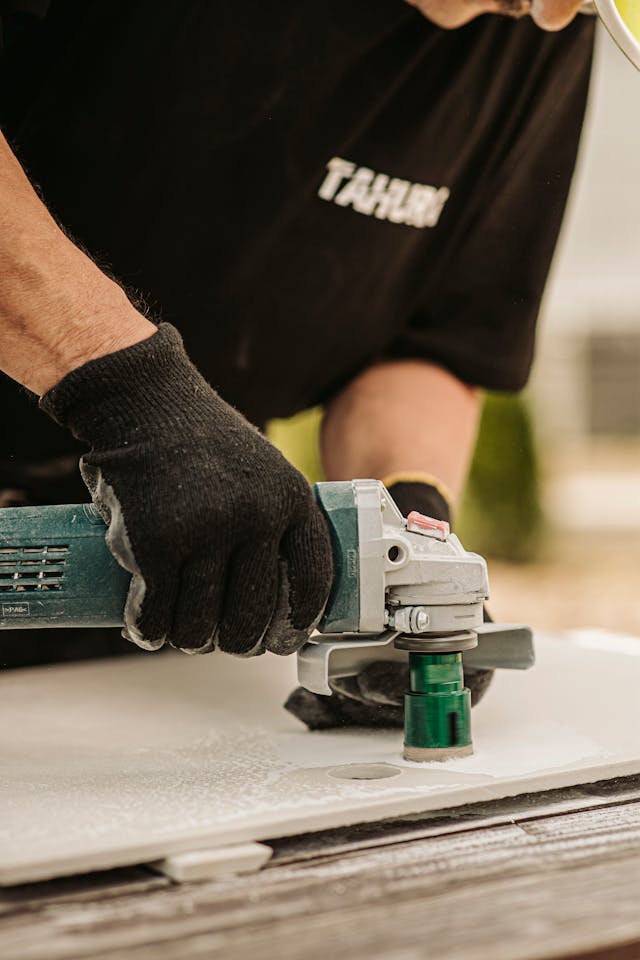How to Choose a Contractor: Remodeling your house is an exciting journey but requires careful planning and the right professionals to ensure a successful outcome. Choosing the right contractor is crucial to bringing your vision to life while avoiding common pitfalls. In this guide, we’ll walk you through the step-by-step process of selecting the best contractor for your remodeling project.
Step 1: Define Your Remodeling Goals
Before you begin searching for a contractor, clearly outline your remodeling objectives:
- Scope of Work: Identify the specific areas of your home you want to remodel and the changes you wish to make.
- Budget: Establish a realistic budget for the project, including a contingency for unexpected expenses.
- Timeline: Set a desired timeframe for the project completion.
A clear plan will help you communicate effectively with potential contractors and evaluate their suitability for your project.
Step 2: Research Potential Contractors
Start by compiling a list of potential contractors. You can find contractors through:
- Recommendations: Ask friends, family, or neighbors who have had remodeling work done for referrals.
- Online Reviews: Check platforms like Google Reviews, Yelp, and Angie’s List for highly rated contractors.
- Local Directories: Look for contractors listed in local directories or trade associations.
Ensure that the contractors you consider have experience in the needed remodeling work.


Step 3: Verify Credentials and Experience
Once you have a list of potential contractors, verify their credentials:
- Licensing: Ensure the contractor holds the licenses required by your state or local jurisdiction.
- Insurance: Confirm they have liability insurance and workers’ compensation coverage to protect you from potential liabilities.
- Experience: Review their portfolio of past projects to assess their expertise in similar remodeling jobs.
- References: Request references from previous clients and contact them to inquire about their experience.
Step 4: Conduct Initial Interviews
Narrow your list to three or four contractors and schedule interviews to discuss your project. During these meetings:
- Ask Questions:
- How long have you been in business?
- Have you handled projects similar to mine?
- What is your estimated timeline for completion?
- How do you handle unexpected issues or changes in scope?
- Gauge Communication: Assess how well the contractor listens to your ideas and responds to your questions. Effective communication is essential for a successful collaboration.
- Assess Professionalism: Look for signs of reliability, such as punctuality, preparedness, and a professional demeanor.
Step 5: Obtain Detailed Quotes


Request written estimates from the contractors you’ve shortlisted. A comprehensive quote should include:
- Cost Breakdown:
- Labor costs.
- Material costs.
- Permits and additional fees.
- Timeline: A clear schedule with key milestones and an expected completion date.
- Payment Terms: Details about deposit requirements and installment schedules.
- Scope of Work: Specific tasks and responsibilities the contractor will handle.
Compare the quotes carefully, but remember that the lowest price isn’t always the best choice. Focus on value and the quality of work.
Step 6: Check References and Reviews
Contact the references provided by the contractors to gain insight into their reliability and artistry. Ask questions such as:
- Was the project completed on time and within budget?
- Were there any challenges, and how were they handled?
- Would you hire this contractor again?
Additionally, check for online reviews and ratings to corroborate the references’ feedback.
Step 7: Verify Contracts and Agreements
Once you’ve chosen a contractor, review the contract carefully before signing. Ensure it includes:
- Project Scope: Detailed description of the work to be done.
- Timeline: Start and completion dates, along with milestones.
- Payment Schedule: Clear terms for payments, including deposit amounts and deadlines.
- Change Orders: Process for handling changes or additions to the original scope.
- Warranties: Any guarantees on work quality or materials.
- Termination Clause: Terms for ending the contract if necessary.
Seek legal advice if you’re unsure about any aspect of the contract.
Step 8: Monitor Progress and Communicate
Throughout the remodeling process, stay engaged and maintain open communication with your contractor:
- Regular Updates: Schedule check-ins to review progress and address concerns.
- Flexibility: Be prepared for minor changes or delays, but address significant issues promptly.
- Documentation: Keep records of all communications, payments, and changes to the project.
Step 9: Perform a Final Walkthrough
Before making the final payment, conduct a thorough walkthrough of the completed project:
- Check Quality: Inspect the work for any flaws or unfinished tasks.
- Test Functionality: Ensure all fixtures, appliances, and systems work as intended.
- Request Corrections: Address any issues before signing off on the project.
Step 10: Provide Feedback and Reviews
Once your project is complete, share your experience by providing feedback and reviews. This will help other homeowners make informed decisions and recognize the contractor’s work.
Conclusion
Choosing the right contractor for your house remodel requires careful planning, research, and communication. Following these steps, you can find a skilled professional who aligns with your vision and ensures a smooth remodeling process. With the right contractor, your dream home transformation can become a reality.

